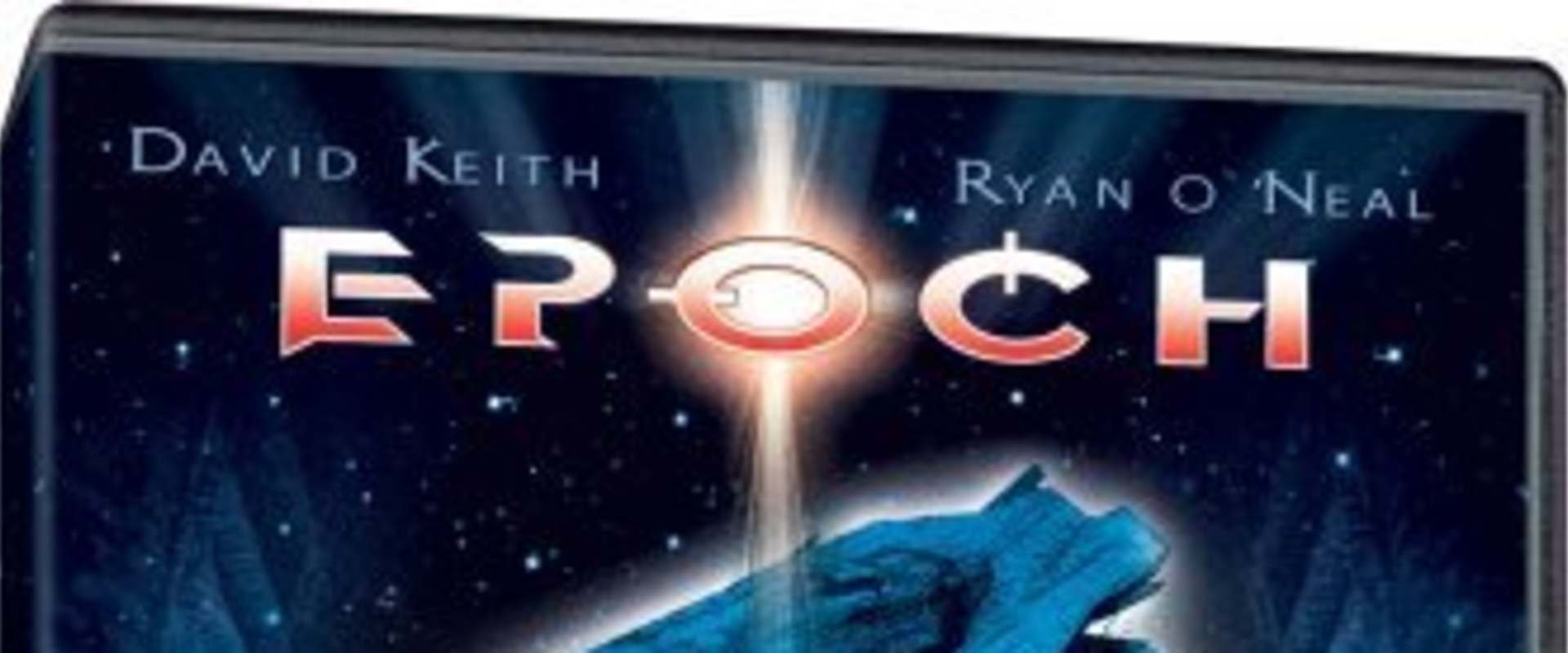

The thing is, none of the things written in white on the black background actually stick with you, and feel like (those occasionally drab) ChatGPT prompts more than anything else.Īlso, what doesn’t help is the conscious and supposedly slender decision to avoid a broad confrontation of Kasei’s relationship with Thomas, a missionary of Mars on a fading Earth. But the dozen text cards explaining the development on-screen take us away from it. Still, there is always some amount of feeling that coherently glues together the strands of the beholder’s interest, which is obviously not strong enough here.Īt some point, the film does seem like it is moving towards a more grounded and earthly approach towards talking about the moving nature of the relationship between Komei, the refugee-turned-rebel and resilient (yet suitably vulnerable) woman who is also the human we see the most in between the expansive shots of red roads, skies and mountains, and Telos, the world-wise yet broken scientist who is her father. I don’t expect palpable sentimental conflicts in a film that is essentially at odds with it. However, the approach towards this intellectual, scientific fabrication is so specific and single-minded that Red Earth almost immediately loses its emotional tangibility. In a rarity, the excess of fuzzy radiographs is more fascinating than irritating. The intermittent shots of trees enveloped by fog and water coming down from streams work like a balm. I enjoyed taking in the sepia-soaked scenes of Mars. The hybrid of fictionally staged and otherwise documented and raw footage is substantially strung together, and it moves with a rhythm that is real rather than imitated. In fact, the film’s sole strength lies in the way it has been mounted. It is a much-debated geological epoch, and translating a proposition in visual and cinematic terms is something that is fruitfully achieved by the film. The singular focus on the Anthropocene is worth admiring here. A dystopian science-fiction fabric wraps underneath a subtle and familial one. Basically, destructive imagination has been used to chart the collective sense of vision and memory out of a father, a daughter, and the daughter’s son. It follows three generations of Martians from different yet intersecting walks of life and the interplanetary war following the inhospitable conditions of life on Earth.

The disjointed and scratched images, the text cards, and the dual narration convey more fictional, futuristic, and dense meanings. This similarity, though, is mostly limited to the form (or the apparent formlessness).


 0 kommentar(er)
0 kommentar(er)
